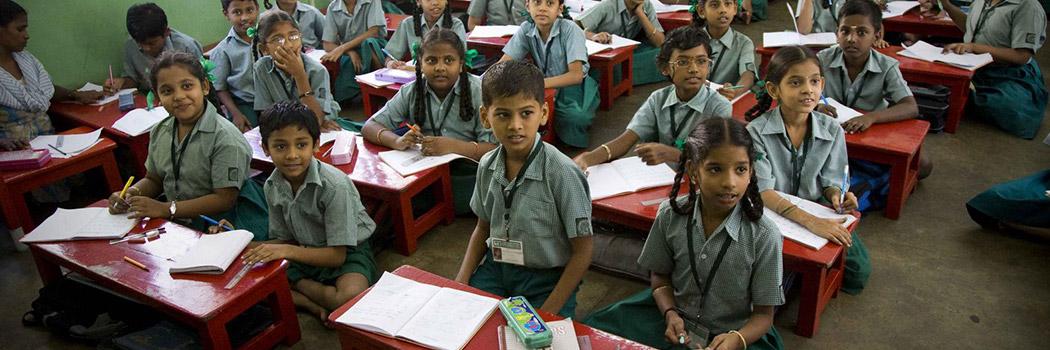
Diversity is a term that can have different meanings depending on context. However, it is imperative to understand how diversity affects a classroom and how best it is to promote an inclusive atmosphere in the classroom.
Often, diversity focuses on gender, economic class, religion and caste to some extent, especially in rural areas. Diversity in the above factors leads a student to have a unique perspective on different matters, based on their experiences. Not only students, even the teachers come with their own set of opinions and views. This will have an influence in the way the classroom functions.
Awareness of Other Cultures:
When the classroom is filled with kids from different cultural backgrounds, each child gets an opportunity to learn about different languages, traditions and other cultural aspects from their friends.
Adjusting with Others:
Each culture has its set of rules regarding etiquette in society. Exposure to each will help develop ways of adjustment with others. At home, the child will be used to having his or her way especially if both parents are working. However, in a classroom, the child learns to adjust.
Preparation to Face the World:
Studying and growing up in a diverse class-room will prepare the child to face the outside world better once classroom education is over. The diversity that exists globally will no longer shock or surprise the child.
Better Social Skills:
Children exposed to different social background can easily interact with people, later on in life. They will have more friends and their problem-solving skills will improve. This in turn boosts their self-esteem.
Understanding Cultural Stereotypes:
Believing in cultural stereotypes can lead to animosity among different groups. However, exposure to different cultures early on in life can help the child not believe in such stereotypes.
Overall, diversity in a classroom will help a child develop tolerance and understanding of the world, at large.
You've Started Your List